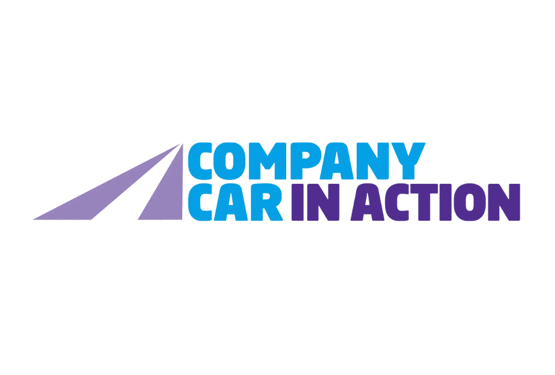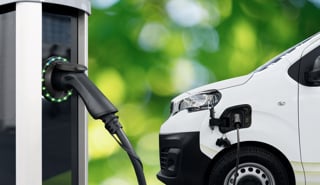A new white paper has set out a strategic framework for fleet operators aiming to transition to zero-emission vehicles (ZEVs), highlighting three core operational areas as central to success.
Flexible Power Systems (FPS) and PA Consulting have put the new paper together to offer guidance around data integration, cross-functional coordination and asset optimisation as the key focus points for fleets’ transition to zero emissions.
The Mitigating Risk, Maximising Value: A Strategic Approach to Fleet Decarbonisation report emphasises that tackling fleet emissions is not solely a technical challenge, but one that requires organisational alignment and investment in systems that support long-term planning and adaptability.
The paper warns that a reactive approach will leave fleets exposed to operational disruption and compliance risk.
It outlines the need for early action, underpinned by robust internal systems, to navigate infrastructure constraints, evolving regulations and growing cost pressures.
Three key operational pillars for a viable transition to EV
- Infrastructure, data and IT system integration: High-quality, real-time data is essential to guide decision-making around vehicle deployment, charging infrastructure and scheduling. The paper stresses the need for integrated systems that allow operators to model costs and performance in advance.
- Cross-functional stakeholder coordination: Decarbonisation planning must extend beyond fleet teams. The report advises that engagement across finance, operations, facilities and procurement teams is essential to ensure organisation-wide readiness and alignment.
- Fleet- and business-wide asset optimisation: Rather than approaching EV deployment in isolation, the report recommends linking fleet strategy to wider business processes and capital planning. This includes assessing operational dependencies and developing new internal capabilities to support future growth.
Michael Ayres, managing director at FPS, said that the scale and pace of the challenge leaves little room for delay.
“Early planning is key to staying ahead of both compliance requirements and cost implications. The risks grow with inaction,” he said.
In addition to technical and organisational requirements, the paper examines common barriers such as upfront cost, infrastructure availability and operational constraints.
However, it also points to long-term benefits, including cost control, resilience and reputational value, for those who act early.
David Sanders, energy transition expert at PA Consulting, said the right operational model could be “transformative” in delivering the level of change required. “We’ve seen that success depends on aligning operational realities with strategic intent—and building the capabilities to support both,” he said.
The white paper is intended as a practical guide for fleet operators, strategy leads and senior stakeholders seeking to future-proof operations ahead of tightening regulatory requirements and rising sustainability expectations.






















Login to comment
Comments
No comments have been made yet.